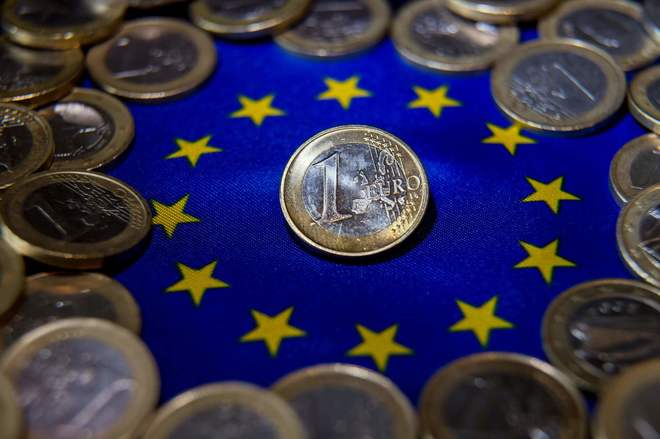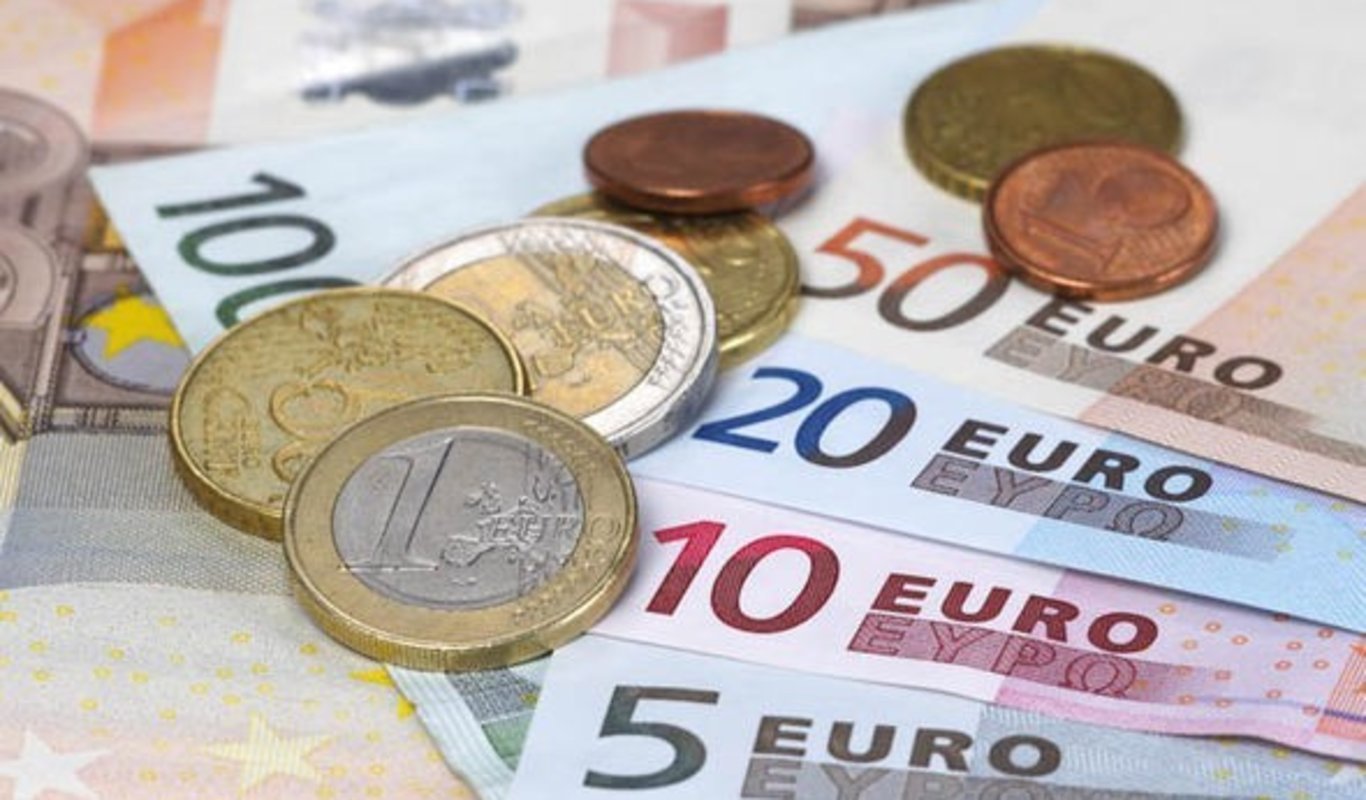 This resource is very useful to work and improve
some areas of education, such as geography and history, but for mathematics
too. It involves the measurement as an important part of its utility, in terms of length and time. It is very profitable to know how much time we are going to late to go from one side to another (from home to the city centre, for example) and very easy to use it; we only have to write the place of destination and the place of destination, and the program offers us a range of ways to arrive there automatically, specifying the distance and the time. The image represents the way that Google Maps recommend us to go from Carranque to Constitution Square, in Málaga, indicating the time and diverse alternatives.
This resource is very useful to work and improve
some areas of education, such as geography and history, but for mathematics
too. It involves the measurement as an important part of its utility, in terms of length and time. It is very profitable to know how much time we are going to late to go from one side to another (from home to the city centre, for example) and very easy to use it; we only have to write the place of destination and the place of destination, and the program offers us a range of ways to arrive there automatically, specifying the distance and the time. The image represents the way that Google Maps recommend us to go from Carranque to Constitution Square, in Málaga, indicating the time and diverse alternatives.  In addition, we have the option to personalise
our own way, indicating the streets and the squares for which we want to go;
thus we can know the metres or kilometres of the drawn path. To carry out this
option, we must click on the right side of the mouse and click again on “Medir la distancia”; then we only have
to click on the preferred streets and to turn right or left. The image shows us an own route that I have designed to go from the Spanish Parliament to the Senat, in Madrid.
In addition, we have the option to personalise
our own way, indicating the streets and the squares for which we want to go;
thus we can know the metres or kilometres of the drawn path. To carry out this
option, we must click on the right side of the mouse and click again on “Medir la distancia”; then we only have
to click on the preferred streets and to turn right or left. The image shows us an own route that I have designed to go from the Spanish Parliament to the Senat, in Madrid.
In my opinion, Google Maps is excellent for
learners. An activity to implement in class (second and third cycle) would be to calculate the metres they walk in a day. For that aim
they should draw the route from their home to the school, the park, the
academy… They would finish adding all the distances. Another activity,
including the geography, would be designing our best journey. In it students ought to write the cities in Google
Maps where they would go to see the kilometres and the time between places.
Even they could add the prices of the planes (the program also tell us); in
this way the calculations on money would be integrated too.
The benefits for children are great: they could
improve their mathematical competence, with contents about measurement, such as
distance and time while they use digital devices. Moreover, interdisciplinary
contents, like geography, would be included, producing a more significant and
deep learning.
References:
Google Maps
(s.f.). En Wikipedia. Recuperado el 29 de abril de 2019 de https://en.wikipedia.org/wiki/Google_Maps



